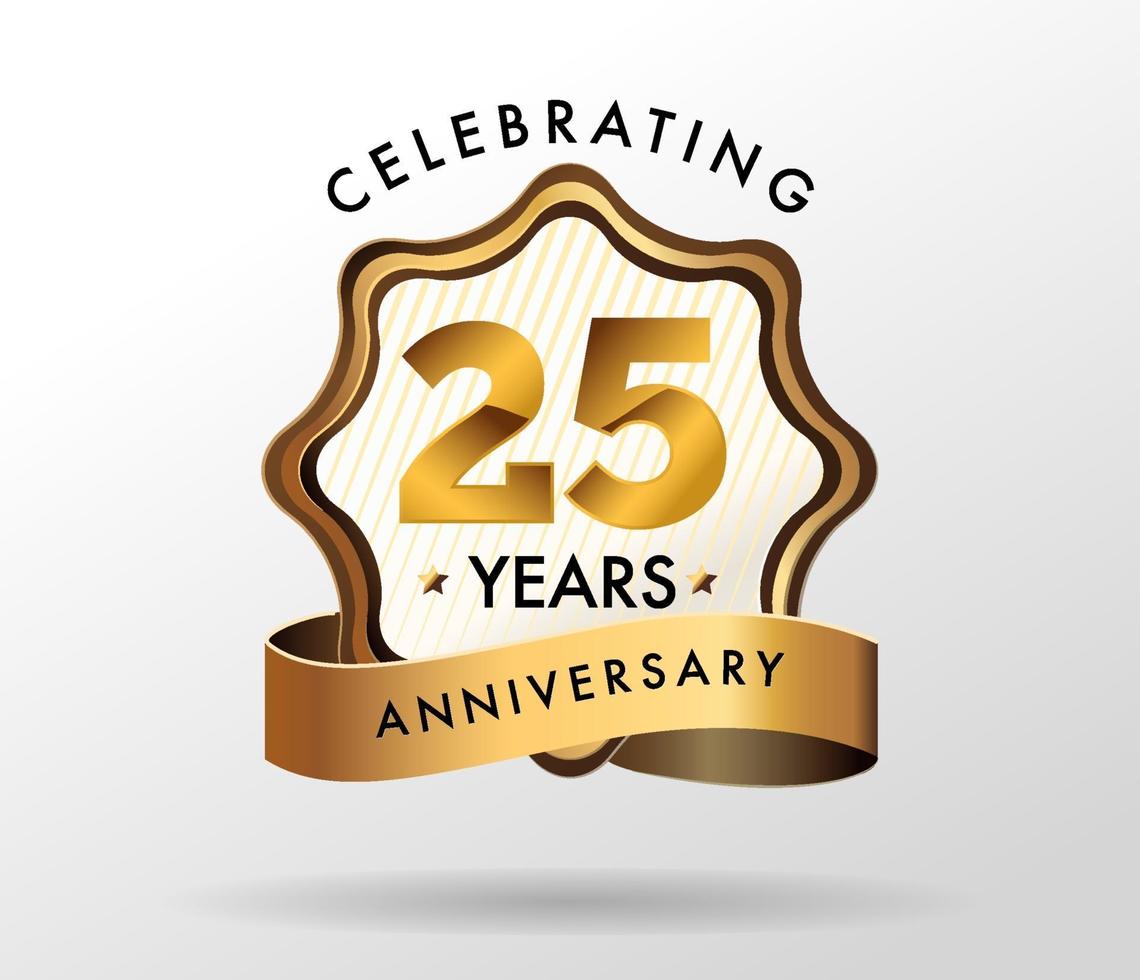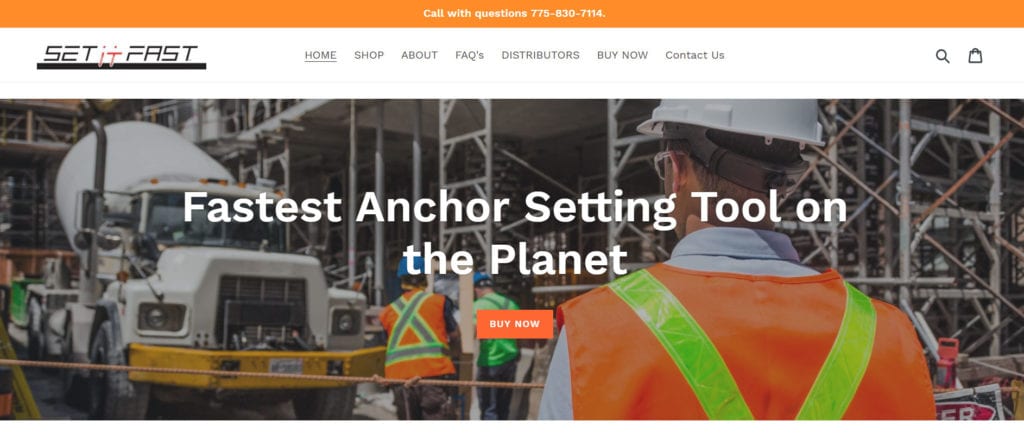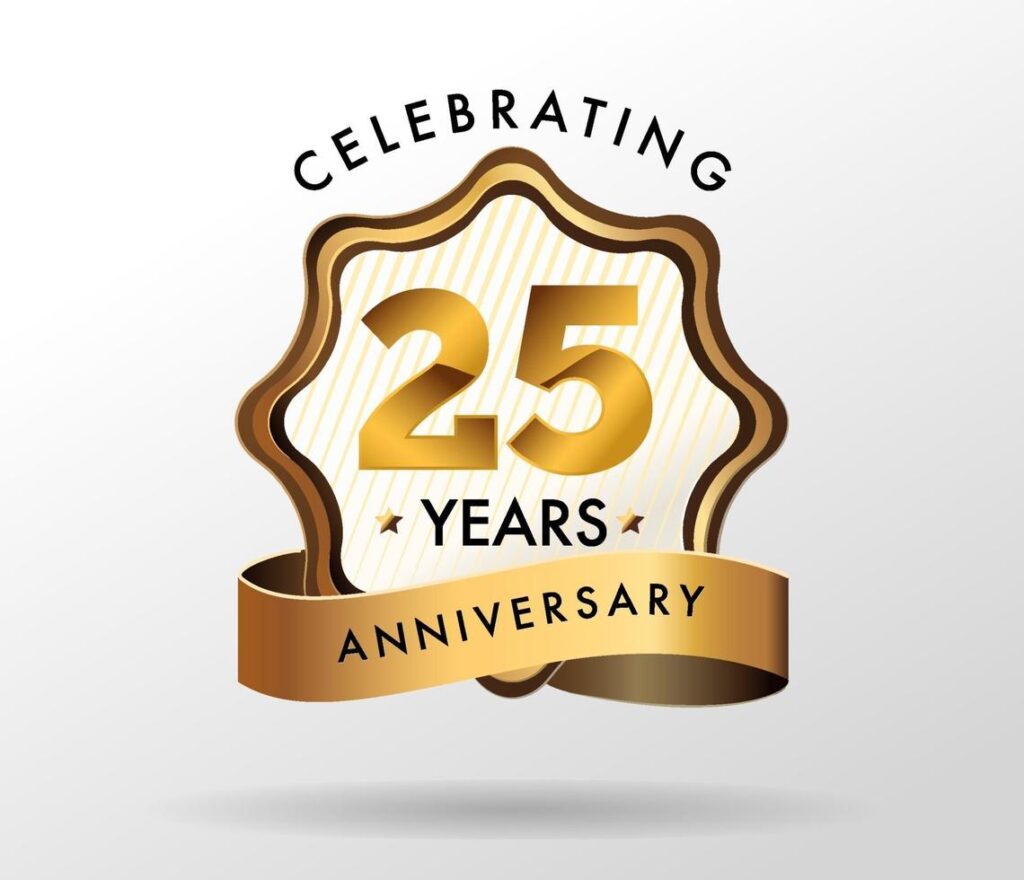Are you in need of SEO help?
Search Engine Optimization (SEO) is rapidly becoming the most essential digital marketing tool. An effective SEO campaign can help you achieve high Google rankings.
Higher Google rankings can lead to greater online visibility, which can drive traffic to your site and get more customers on the line.
It is possible to tackle SEO yourself. However, some companies outsource SEO services.
If you’re struggling to manage a successful SEO campaign, it may be wise to hire a professional SEO consultant.
Here are the ten reasons why your business needs an SEO specialist now!
What is Search Engine Optimization?
Search Engine Optimization (SEO) takes advantage of the 3.5 billion Google searches that occur every day.
In fact, search engines offer all businesses a great opportunity to engage with a vast marketplace.
Think about the way a typical Google search works. Most people search for a word or a phrase that approximates what they’re seeking. For example, you may search for “Search Engine Optimization” or “digital marketing ideas.”
When Google populates results for any given search, it prioritizes the “best matches.” These generally occur on the first page of results, within the top ten listings.
This is where searchers are most likely to click. The likelihood of searchers clicking on content on pages two, three, or four of Google results goes down from there.
That first page of Google is competitive real estate. And the good news is that you can take steps to get your content there, earning you more clicks and (hopefully) more sales.
This is where SEO comes in. Marketers can optimize their online content for keyword searches their customers are likely to enter into Google.
For example, a pet grooming company may cater towards searchers for the following phrases: “dog wash services,” “pet grooming in Los Angeles,” or “cheap grooming.”
SEO involves more than keyword integration.
High ranking sites are also likely to have a high domain authority, meaning that a lot of outside sites link to their content. They also should have high-quality, valuable content.
It is possible to launch an optimization campaign yourself, provided you have the right tools. Yet it is also possible to hire SEO experts to tackle your optimization campaign.
Why Your Business Needs a Professional SEO Consultant
There are many reasons why you may need to outsource your SEO efforts. However, these are the most common motivators.
1. You’re Not Getting the Results You Need
You may have already launched a company-wide SEO effort. Perhaps you’ve performed some keyword research to identify what your ideal customer’s search habits.
At this point, you’ve also likely optimized your online content for select keywords. If so, you’re also inspecting Google Analytics to see what effect these efforts have.
If you’re like nearly every other DIY SEO marketer on the planet, you may not be getting the results you need. Those charts may not be budging. What’s more, your bounce rate may even be soaring!
If this sounds like you, it may be time to hire a professional SEO consultant. A consultant can help you analyze the results of your current efforts. They can explain why you’re not getting the results you need.
Most importantly, they can tell you what you need to do to get those results! In many cases, an SEO expert will take these steps herself to help you get the traffic, sales, or visibility you’re craving.
This is because SEO consultants are well-versed in all things SEO. SEO is a shifting, adaptive industry.
Google changes up its algorithms frequently, and more websites join the world of the internet every day. SEO consultants have their fingers on the pulse of this industry and also possess the expertise needed to drive results.
2. The World of SEO is Intimidating and Hazy
Did we mention that the world of SEO is vast and evolving?
While it is possible to handle SEO yourself, there are so many tricks and tips out there. It can be hard to find the ones that work for you.
Even if you’ve read through Google’s SEO Starter Guide, SEO may still feel intimidating. It may even feel quite simply confusing.
We all know that feeling of trying to become fluent in something that feels perpetually foreign!
This is where a professional can help. SEO experts know this industry incredibly well. Hiring one means you don’t have to know more than the essentials: what your marketing goals are and when you’d like to meet these.
SEO can be simple, especially if you let the experts take over!
3. You Don’t Have the Time
Managing an optimization campaign in-house takes valuable time and effort.
An SEO campaign is not something that can be launched and forgotten about. It requires constant monitoring. The best campaigns are also highly adaptive.
This is because keyword popularity changes with the whims of consumers. Marketing efforts always take dips and rises depending on consumer needs.
If you simply don’t have the time or the resources to tackle SEO on your own, consider hiring an SEO consultant. A consultant can address all of your optimization needs while you spend your hours managing your company.
4. You Need More Sales–Now
Effective SEO can elevate your brand image. It can also make you more digitally visible.
Both of these effects can directly impact the number of sales you receive each month and year.
If your business needs more sales–and needs them now–it’s time to outsource SEO. Optimization experts can quickly derive campaigns that boost your profit margins, all through keyword and digital marketing savvy.
5. You’re Local
Local businesses can struggle to maintain a dependable customer base. This is particularly true for local companies that are new on the scene.
If you manage a local business or if you are launching a startup, SEO is going to be all the more essential to your marketing efforts. In fact, local SEO is all about optimizing your content for location-based keywords.
It can be difficult establishing a local reputation and effectively building a local SEO campaign. We recommend turning to SEO professionals in order to accomplish this and outpace your local competitors.
6. You Run an E-Commerce Company
If you run an e-commerce company, you depend entirely on online visitors. Yes, you also depend on online reviews and testimonials, but your marketplace is purely digital.
Search Engine Optimization is thus vital to your existence. Yet because of this urgency, it can be difficult to meet your industry’s marketing demands.
Think about it this way. The e-commerce industry is booming, and shoppers are indicating a growing preference to conduct the majority of their shopping online.
What’s more, it’s possible to launch an e-commerce business from the comfort of your home, making it more accessible to more entrepreneurs.
In e-commerce, it’s essential to act quickly. Outsourcing part of your digital marketing efforts, especially SEO, can help you establish a powerful online footing right away.
It can also free up your time as you focus on other particulars of running your online company, such as inventory management and packaging concerns.
7. You Don’t Know What Keywords to Use
Keywords form the heart of every SEO campaign. If you manage your SEO in-house, you likely understand the value of thorough keyword research.
Figuring out what keywords your ideal customers are likely to type into Google is paramount to optimizing your content appropriately.
Failing to knit in the right terms can reduce your visibility and make all of your SEO efforts moot.
If you’ve done the research but aren’t seeing results, it’s time to outsource. If you don’t even know where to start when it comes to keyword research, let professional consultants like us help!
Professional SEO consultants are expert at building a keyword database designed to reach your ideal customers. They are also adept at modifying these keywords according to strength and performance.
8. You Have the Marketing Budget
Most marketers strive to launch SEO campaigns themselves in order to save money. This is because outsourcing any digital marketing effort constitutes a financial investment.
And for good reason! Outsourcing in this capacity can have a high return on investment, especially when it comes to time. It can be beyond worth it to invest in services that drive your sales.
If you have the digital marketing budget, SEO outsourcing is for you. If budget is an issue, don’t be deterred. It’s still possible to get a free SEO audit, for example, and input for how to drive your campaign accordingly.
9. Avoid Penalties
Yes, you can contract a Google penalty for sidestepping one of its SEO guidelines. This is more common than most business owners realize.
For example, “overstuffing keywords,” the process of cramming too many search terms into one page, can earn a penalty. This is easy to do if you’re new to SEO!
Google penalties can tank your rankings. They can also make it difficult to build an online presence quickly.
Avoid penalties by hiring an SEO consultant, who will follow best practices at all times.
10. Develop a Relationship
Most professional SEO consultants build longterm relationships with their clients. This is because, once again, SEO is not a “quick fix” in marketing.
It requires an understanding of company vision and goals. It also depends on frequent communication between clients and professionals.
In short, working with a consultant can develop a valuable relationship, one you can take with you through your company’s leaps and bounds. This can be rare in the corporate world.
Final Thoughts
Outsourcing your SEO campaign can give you longterm, palpable results. It can also save you valuable time, enable you to develop a long-lasting relationship, and drive sales.
If you’re on the fence about hiring a professional SEO consultant, think more closely about your marketing goals and budget. What can you afford to outsource? What results do you need?
We are always here to have a conversation and give you a free quote on professional SEO services. Learn more here!











